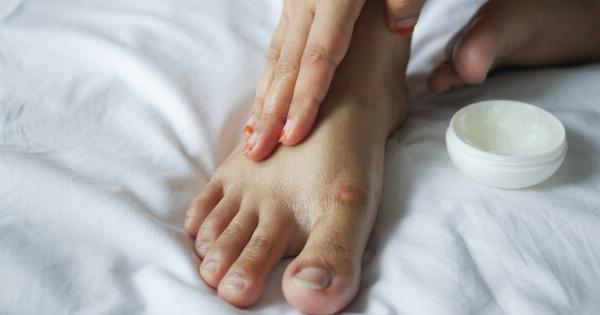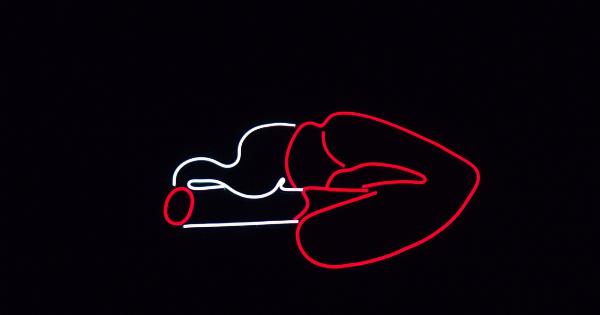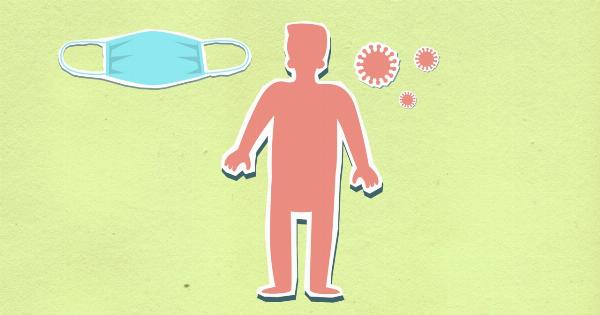Our nails are one of the most visually noticeable parts of our body. They can provide important clues about our health and overall well-being. So, when we notice any changes or abnormalities in our nails, it can be a cause for concern.
One such abnormality is the presence of a black stripe on the nail.
What causes a black stripe on the nail?
A black stripe on the nail, also known as melanonychia, can have multiple causes. In most cases, it may be nothing serious, but sometimes it may indicate an underlying health condition that requires medical attention. Here are some of the common causes:.
1. Trauma
If you have recently injured your finger or toe, it is possible that the black stripe on your nail is a result of trauma. This can occur due to crushing, smashing, or even pinching the nail.
The blood vessels underneath the nail may break and bleed, causing a dark line or bruise to form.
2. Subungual hematoma
A subungual hematoma refers to the accumulation of blood under the nail bed. This can happen due to repetitive trauma, such as typing or playing a musical instrument, which can cause small blood vessels to rupture.
The trapped blood appears as a black or purple stripe.
3. Medications
Certain medications can cause changes in the color of your nails, including the appearance of a black stripe. Chemotherapy drugs and antimalarial medications are known to have this side effect.
If you are taking any medication and notice this change in your nails, it’s important to consult your doctor.
4. Fungal infection
Fungal infections of the nail, such as onychomycosis, can cause discoloration and deformation of the nail. One of the symptoms of a fungal infection can be the presence of a black or brown stripe on the nail.
If you suspect a fungal infection, it is recommended to see a doctor for proper diagnosis and treatment.
5. Melanoma
Although rare, a black stripe on the nail can be a sign of melanoma, a type of skin cancer. Melanoma can sometimes appear as a dark line or stripe on the nail, and it requires immediate attention from a healthcare professional.
Early detection is crucial for the successful treatment of melanoma, so any suspicious changes in the nails should be evaluated by a doctor.
When should you see a doctor?
While a black stripe on the nail may not always indicate a serious condition, it is important to seek medical attention if you experience any of the following:.
1. Rapid and unexplained changes
If you notice a sudden appearance of a black stripe on your nail, especially if it is rapidly growing or changing in size, it is important to consult a doctor.
Rapid changes can be a sign of an underlying health issue, and it is always better to be safe than sorry.
2. Multiple nails are affected
If the black stripe appears on multiple nails and is not due to an obvious cause such as trauma or medication, it could be a sign of a systemic condition.
Conditions like systemic lupus erythematosus, kidney disease, or nutritional deficiencies can affect multiple nails at once, leading to the appearance of black stripes.
3. Pain or discomfort
If the black stripe on your nail is accompanied by pain, tenderness, or any other discomfort, it is essential to see a doctor as soon as possible. Pain can be an indication of an infection or a more serious issue that requires medical intervention.
4. Changes in nail texture
If the nail with the black stripe becomes brittle, crumbly, or starts peeling, it could be a sign of an underlying nail disorder or infection.
It is recommended to have it evaluated by a healthcare professional to determine the cause and provide appropriate treatment.
5. Personal or family history of skin cancer
If you have a personal or family history of skin cancer, it is crucial to be extra vigilant about any changes in your nails.
People with a history of melanoma, in particular, should seek medical attention if they notice a black stripe on their nail, as it can be a potential sign of recurrence.
Conclusion
While a black stripe on the nail can sometimes be harmless, it is essential to pay attention to any changes in your nails and seek medical advice if necessary.
Consulting a doctor will help determine the underlying cause and provide appropriate treatment if needed. Remember, early detection and intervention are key to maintaining good health.





























